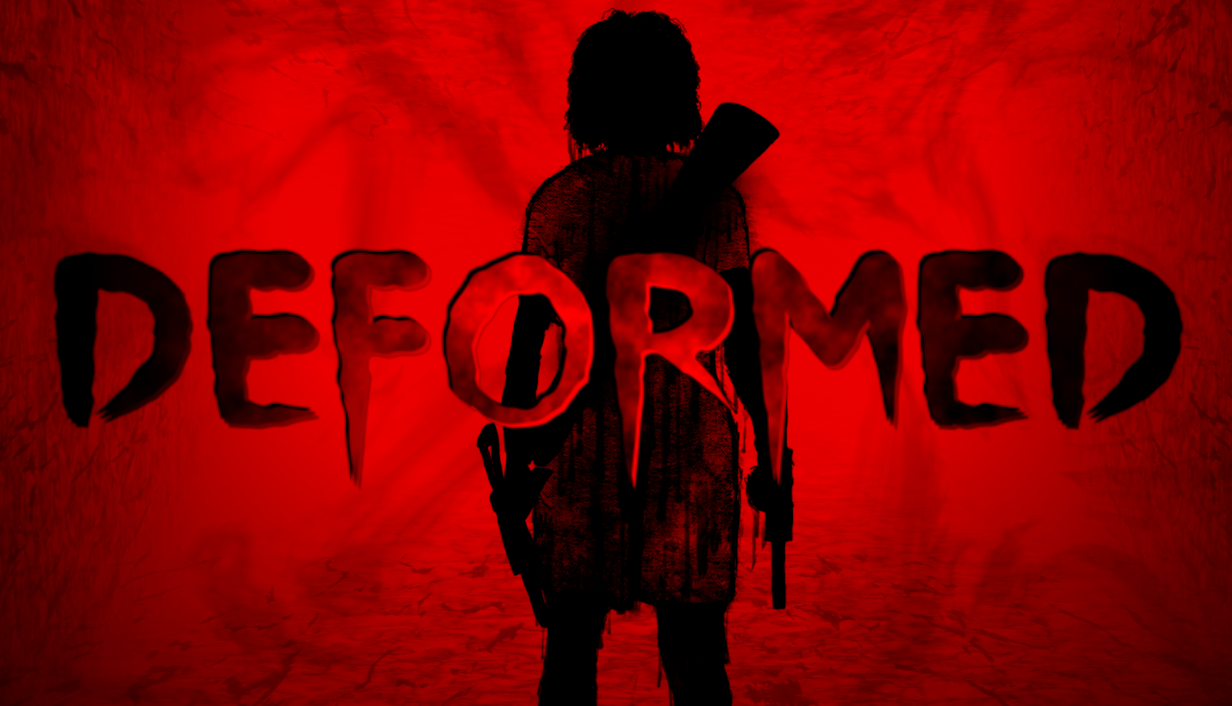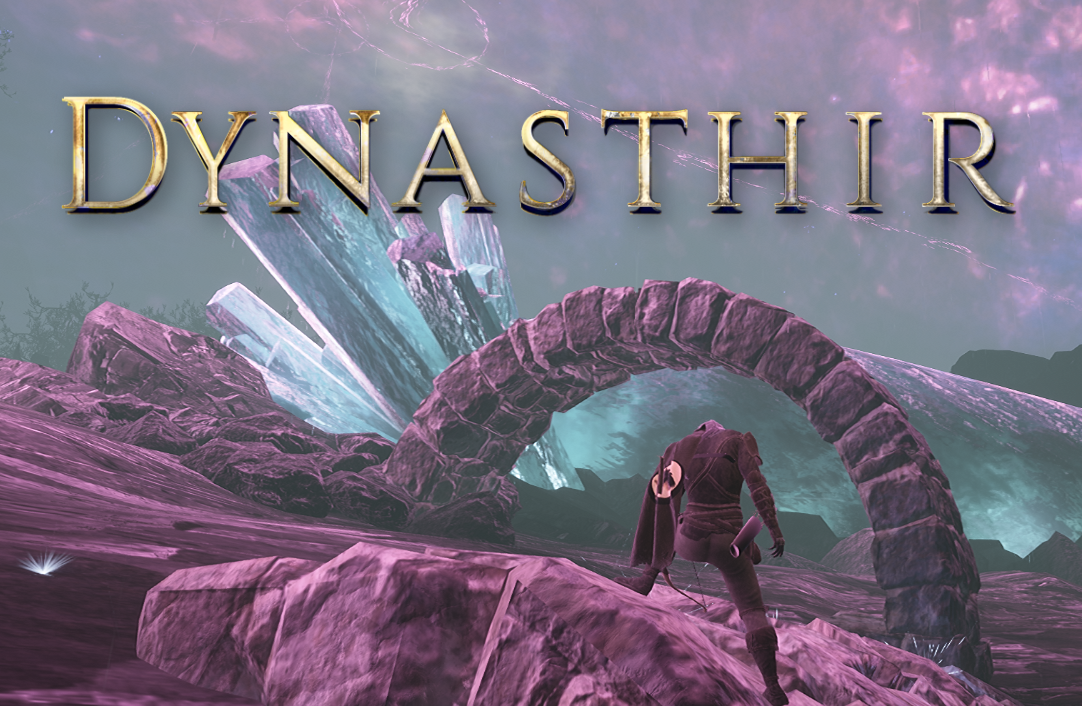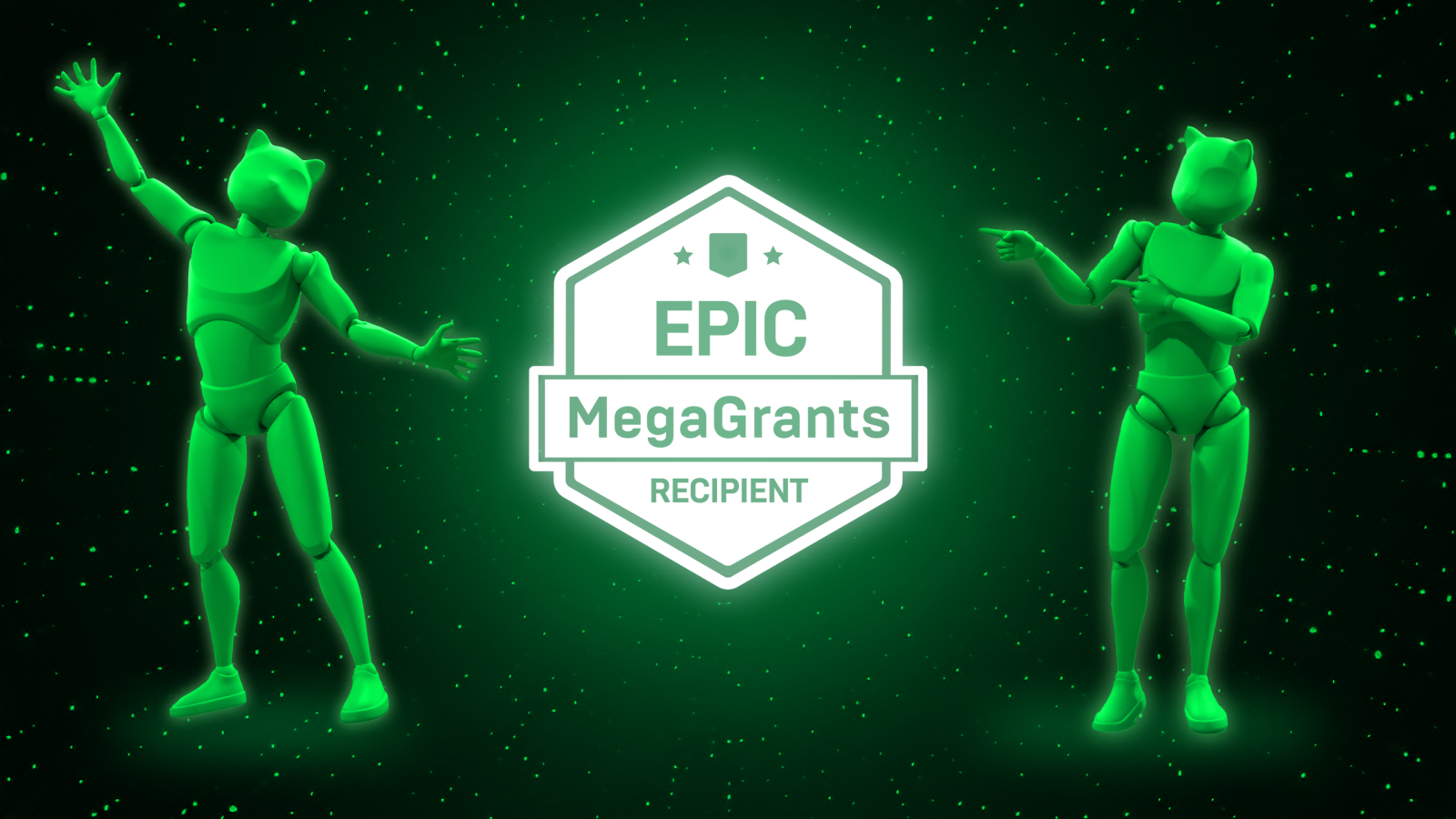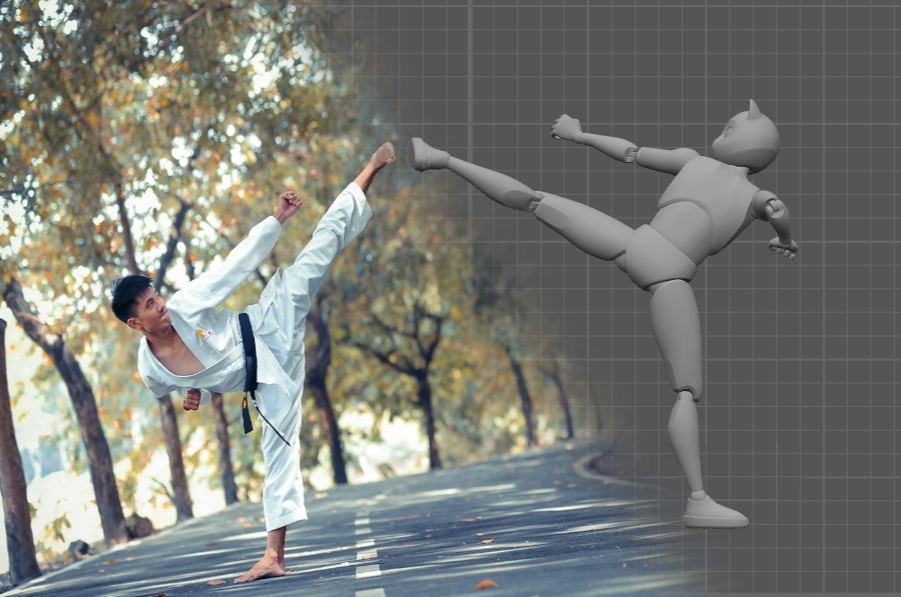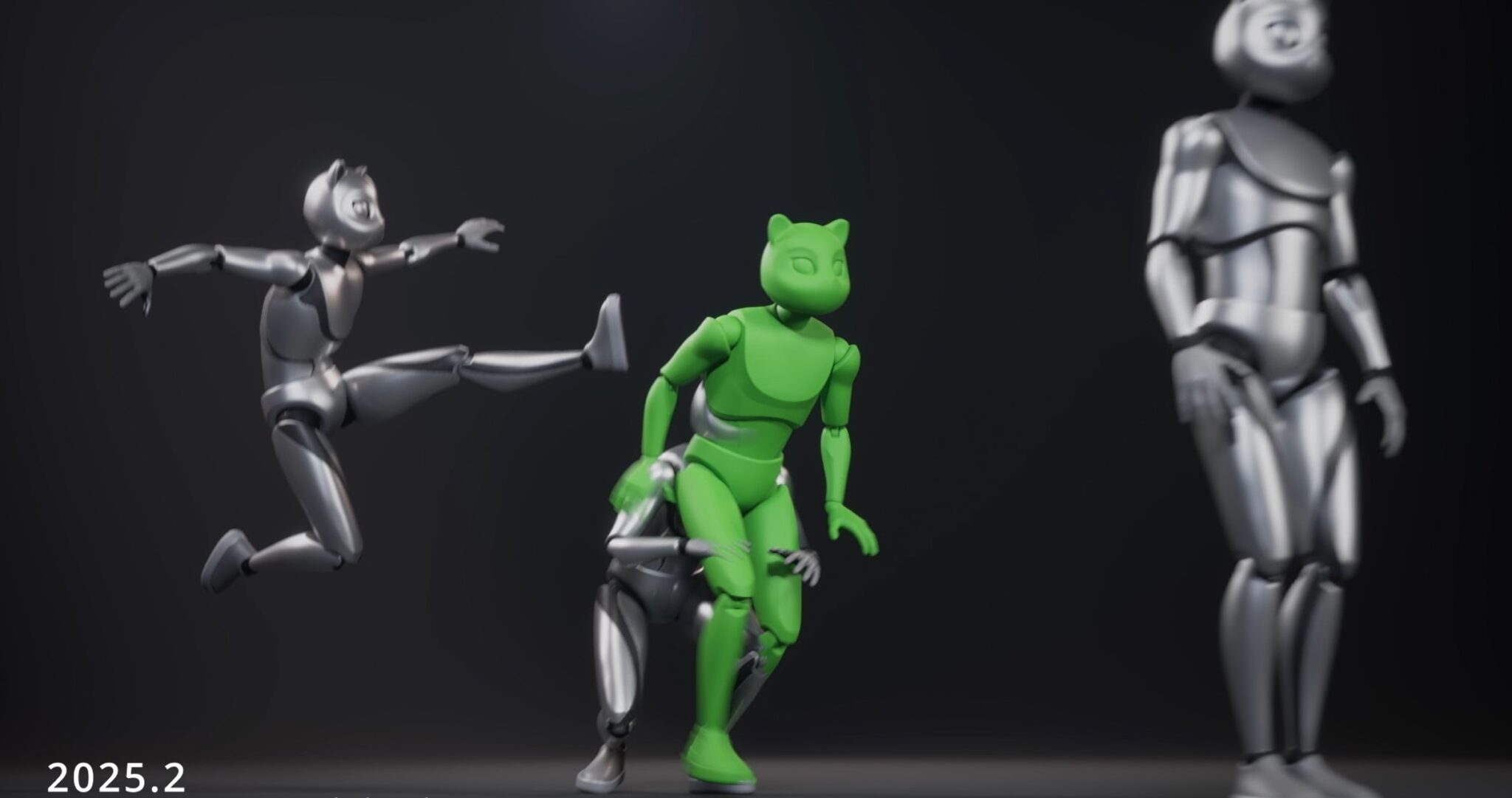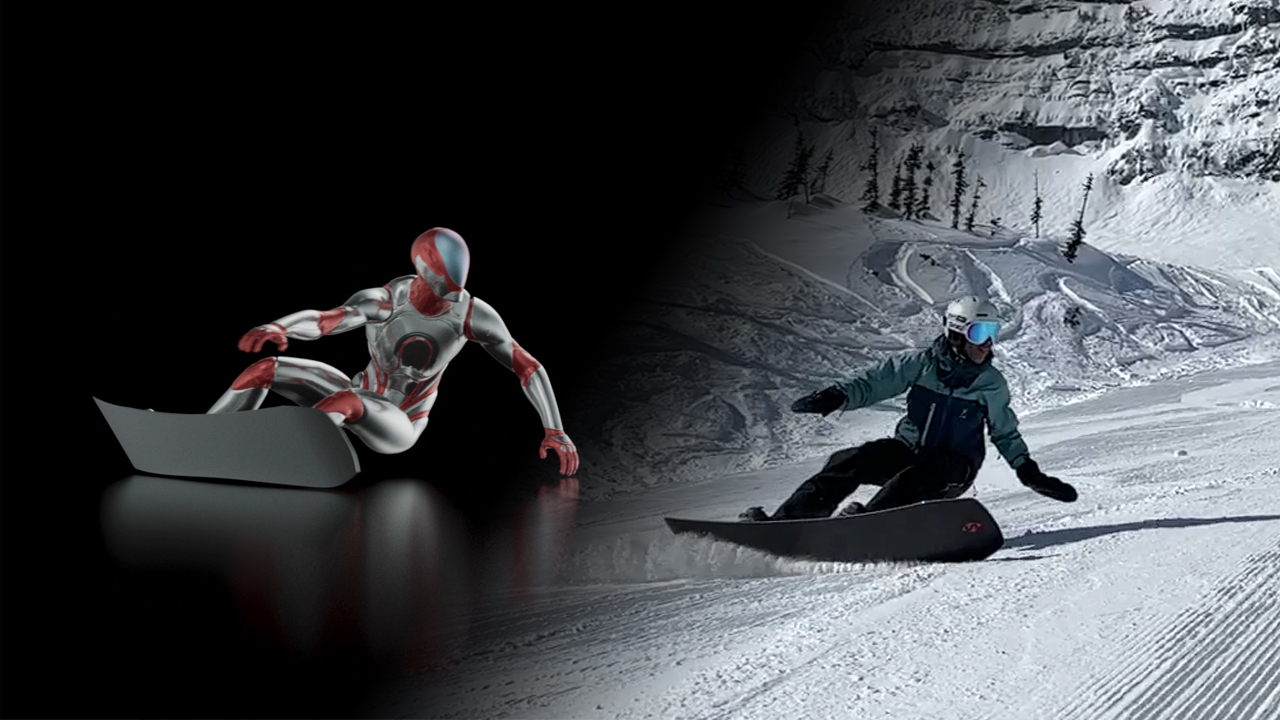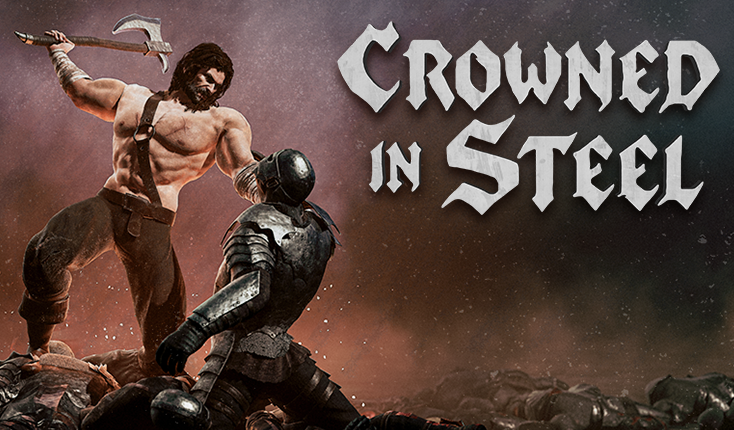Indie Game Spotlight: Deformed
Intro
Hello I am Deformed Studios and I am a solo developer and my first game is called Deformed. It is a horror game where you are abducted into an underground lab and have to escape by fighting monsters with guns.
The idea
There wasn’t a huge inspiration for this game in the beginning. I just thought it would be funny if I could make a game and put a monster in it. After learning unreal engine for a few months I sent the game to some friends and they all liked it. So I decided to continue working on it and expand it into something worth putting on steam. I spent a lot more time on the plot and concept of the game.
I like bunkers and underground places a lot so this would be the main setting. I also wanted it to be somewhat practical. I'm not a fan of vague descriptions of magical/paranormal origins. I wanted it to be clear how the monsters are created and why. The story has a theme of genetic modification and evil health companies prioritizing money over helping people.
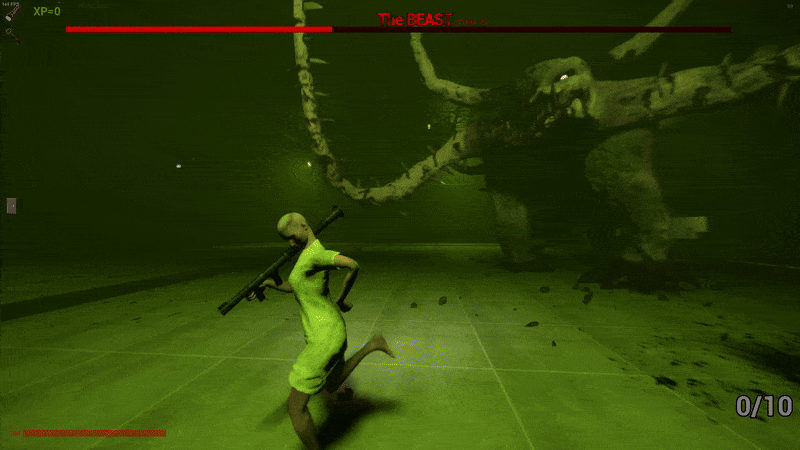
Gameplay
A lot of horror games I've played get boring very fast. it's usually just collecting a certain amount of items and randomly getting jumpscared until it ends. So one of the main things I wanted to focus on was making the game actually fun. I decided to make my game based on actually killing the monsters to escape instead of annoying puzzles or collecting things.
The gameplay style is similar to dark souls where you run around and kill things to upgrade and get better gear until you are strong enough to fight the boss and get to the next area. Except in this game all the combat is based on being chased and shooting long range. There's no way of escaping without killing the monsters and it creates a more stressful type of fear. You will be constantly getting chased and surprised by things all around the level.

Cascadeur
When I started working on this game I knew there was going to be a lot of animation work to do with how many characters and cinematics there would be. I had never done much character animation before working on this so I knew it was going to be difficult to make decent animations. I knew about this really old software called Endorphin that was like a physics based animation tool but it was discontinued in 2013.
People said Cascadeur was more of a modern version of it so I decided to try it out. It ended up being great for what I needed. It has a very good rig and poses your character correctly. It helped me be able to animate complex scenes much easier. If I hadn't used Cascadeur I would have not attempted to do some scenes and changed the plot of the game more to get around doing animations like this fight scene.
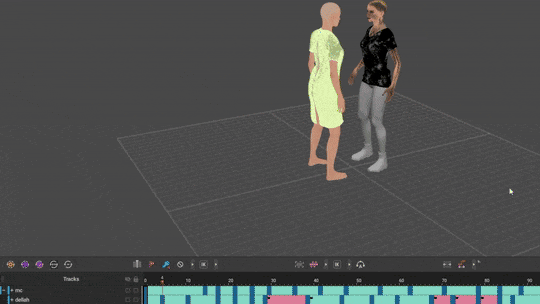
I found Cascadeur most helpful in animations that would have big movements. There are a lot of actions that you wouldn't be able to film or find a reference for so you just have to animate it by hand and guess. Cascadeur's AutoPosing tool is very helpful for this as it makes it very easy to block out the animation and adjust things before working on all the details.
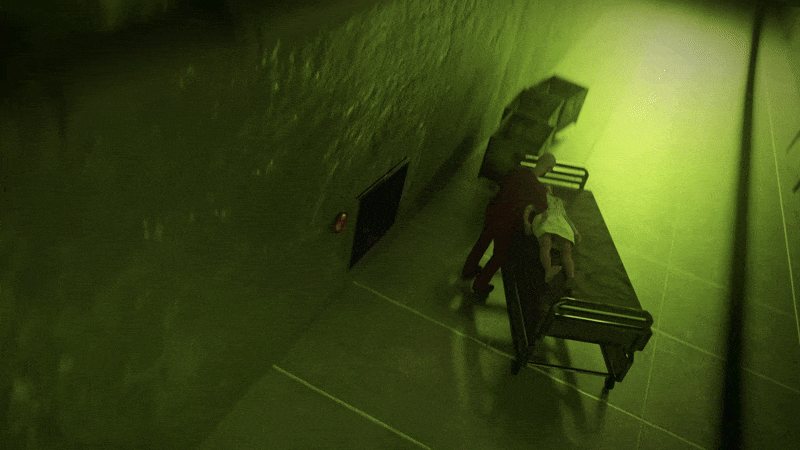
Workflow
My workflow is based on revisions and focusing on the problems. I like to make a general first pass of things and make sure it's working, then I go back and do a more detailed version, then look at what's wrong with that and do another version and just keep doing that until it's usable. I do this for all aspects of the game, environment, characters, dialogue, cinematics, mechanics, etc.
To me this is a more productive way to work than trying to get everything perfect on the first try. You can always go back and improve things later on. This helps you see the bigger picture and change things that you wouldn't think of if you were still doing your original idea.
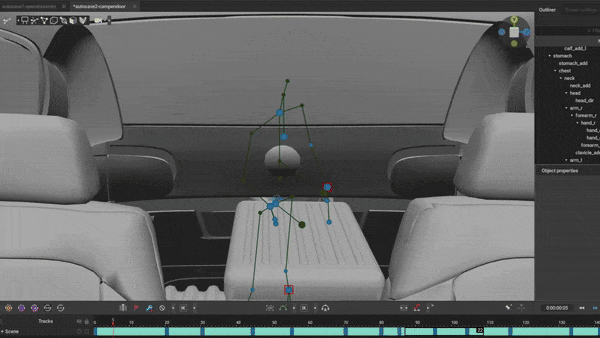
Animation
Overtime I got better with the process and used Cascadeur for a lot of animations in cutscenes if it showed the full body. I would set up the scene in Blender and then export the characters to animate in Cascadeur and then export the animation back to Blender to do fixes on the body where it bends or stretches weird with shape keys.
For the rig that I was using the shoulders and elbows always deformed weird. So I had to manually sculpt it back in place for some frames. (This isn't a cascadeur problem, it's just general bones and weight painting and is common unless you are doing muscle and skin simulations) Then I exported it to houdini to do cloth and hair simulations if needed. Then I exported everything back to Blender for rendering.

In this shot I used Cascadeur's new ragdoll feature for someone being shot and falling back and it turned out great.
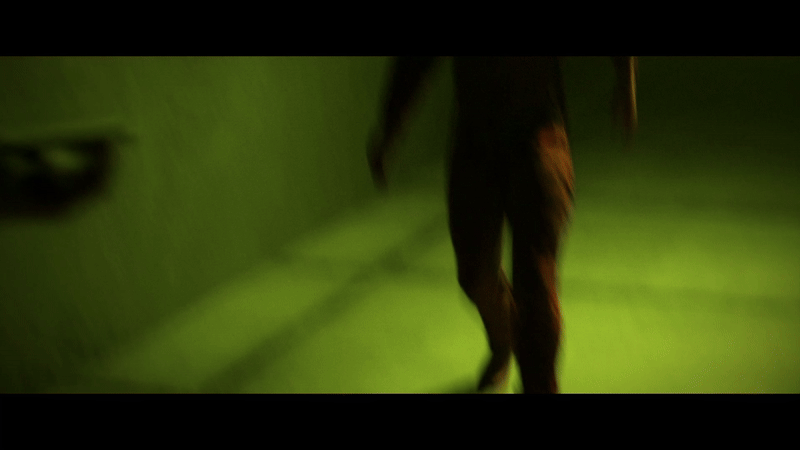
I have also used Cascadeur for in-game animations like sliding, throwing rocks, and crawling. Even when doing animation outside of Cascadeur it has improved my work as I learned things about posing like center of mass and rotation and curves. My animations aren't great but they always turn out better if I animate in Cascadeur instead of Blender. Their rig and physics features can be very helpful to make things look more realistic.
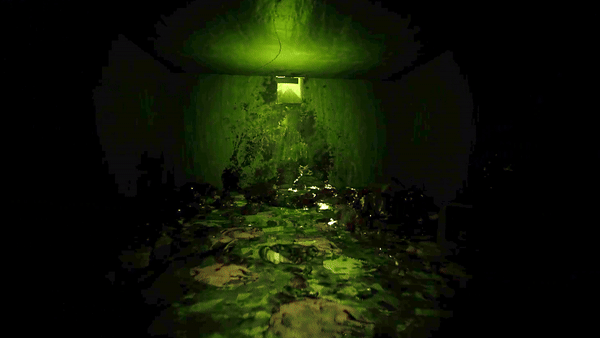
Conclusion
The game was released almost a year ago but I am still updating it and adding new content. It is in a much better state now than when it was released and I plan to continue improving it. I am very happy with the way it came out and am glad I decided to make it. As a solo dev there are so many aspects to making a game (scripting, modeling, VFX, sound, writing, animation, lighting) and it can be hard to get the proper time you need to work on everything.
Cascaduer has definitely given me a lot more opportunities to do more complex animations and get things done faster and I will definitely keep using it for future projects like Deformed 2.
